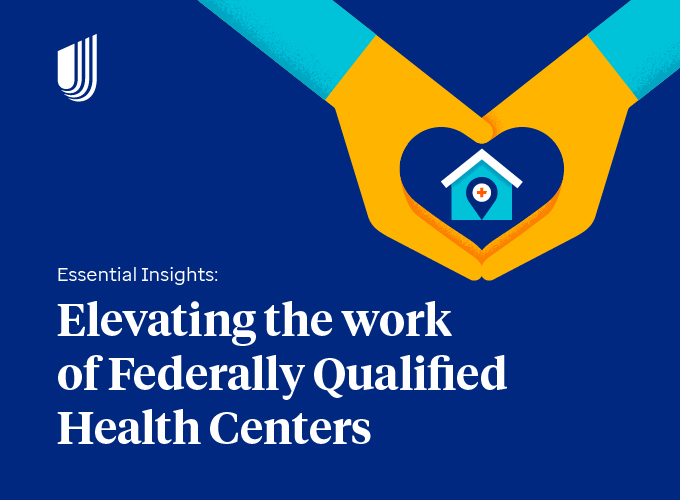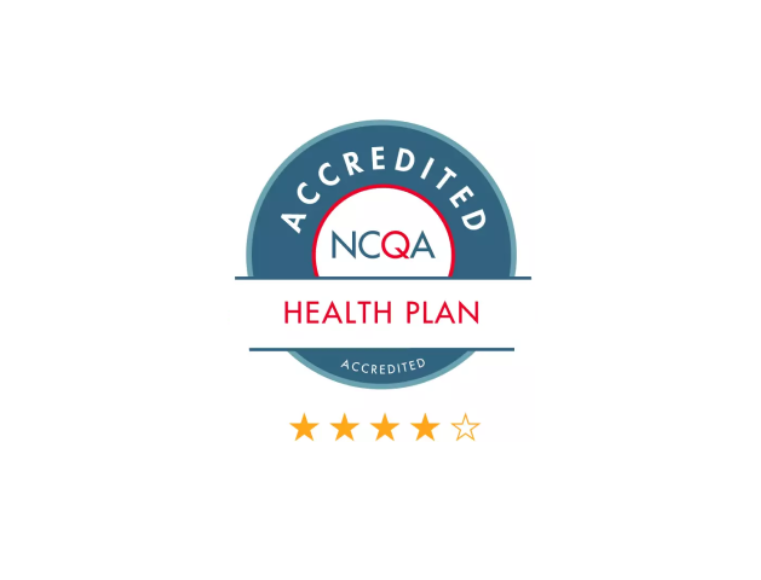Caring for justice-involved populations — and helping them transition back into their communities upon release — is an important area of focus. For example, in New York and Colorado, officials estimate approximately 80 to 90% of individuals exiting jail or prison are eligible for Medicaid. And 80% of those individuals have a substance use disorder, chronic medical condition or psychiatric condition. This creates an opportunity to support these individuals as they transition back into their community and manage their health conditions.
Incarcerated member programs improve access to care
Over the past few years, there has been an increase in data highlighting the interconnected relationship between physical health care, behavioral health care and social determinants of health. And individuals exiting the justice system face more challenges across all three of these areas than the general population. In response, UnitedHealthcare Community & State is partnering with county sheriff departments to create programs that connect justice-involved populations with the care they need. Through this approach, Managed Care Organizations (MCOs) partner with local and state jails or prisons to assess needs in advance of release, establish care with a provider and set up initial appointments.
UnitedHealthcare Community & State has a robust community transition intervention program for members exiting correctional facilities in Washington State. In programs like the Jail Transitions Program at South Correctional Entity (SCORE) jail in Des Moines, Washington, our community health workers connect with individuals preparing for release via in-person visits. Through this outreach, we make sure that each member has all of their necessary medications and has appointments set up with a care provider, including behavioral health visits, to attend upon release. Our community health workers also connect members with local, community-based organizations that can arrange housing and transportation to help facilitate the transition after release.
COVID-19 accelerates transitions back into the community
One of the largest preventative measures to stop the spread of COVID-19 is social distancing. But jail and prison settings are designed around large, congregate spaces. Between communal eating spaces and close sleeping quarters, addressing this public health emergency in jails and prisons is of the utmost concern. To help keep individuals safe and lessen the likelihood of creating a COVID-19 hotspot, many state correctional facilities are releasing a number of their incarcerated populations to help avoid overcrowded living conditions.
As a sudden surge of individuals prepare for release, there is an increased need for community health workers to come alongside members as they transition back into their communities. These critical care providers help fill a critical care gap by walking individuals through their health plan benefits and coordinating services and appointments.
Emerging trends will continue to prioritize aligned resources
As we look to the coming year, the focus on community integration for justice-involved populations is only expected to evolve. In order to improve health outcomes for our members — including those in the criminal justice system — it is vital to align resources and services that address each person’s specific needs. This includes deploying community health workers, partnering with public housing agencies, intentional collaboration and engagement with community-based organizations and leveraging our Federally Qualified Health Center networks to integrate local resources with our health offerings.












